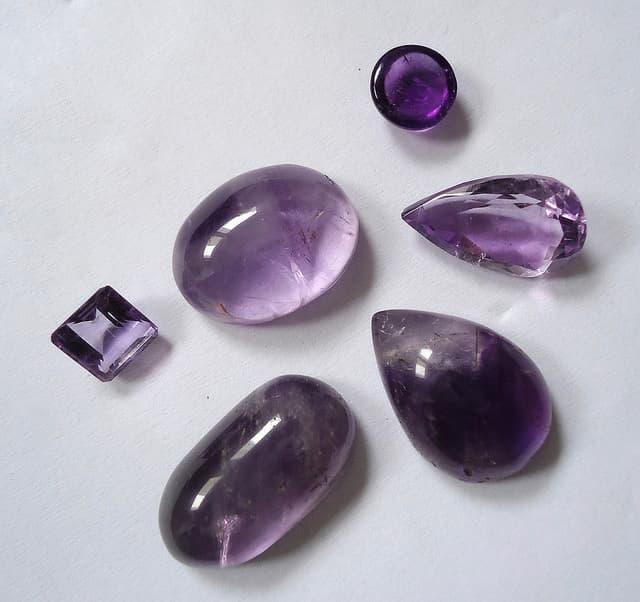Refractometer Guide, Part 2: Cabochon Testing
Sometimes, analyzing cabochon gems with a refractometer requires different techniques than those for faceted gems. Learn these cabochon testing methods.
4 Minute Read
Before learning to test cabochons, be sure to review our article on using a refractometer to determine the RIs of faceted gems. You should be familiar with the instrument, procedures, and testing terminology.
Finding a Cabochon Image in a Refractometer
To test a gem with a curved surface:
- Clean the stone thoroughly.
- Next, set up your refractometer without the magnifying lens in place.
- Place a very small amount of RI fluid on the hemicylinder, then carefully place the gem on the fluid, curved surface down.
- If the surface is oblong, place it so the longer direction runs up and down.
- Close the cover if you can. If not, shield the hemicylinder from external light with your hand.
- Move your head up and down until you see the image on the scale.
To get a good spot reading, use the right amount of RI liquid. Your spot should only be two or three scale divisions in length. If it’s more than that, if you have a dark circle around the spot, or if you have a curved cutoff line, you’ve used too much fluid.
It takes practice to learn to…
Donald Clark, CSM IMG
Related Articles
Product Review: GL SpectroLite
Amateur Gemstone Faceting Volume 1: Book Review
Gemology Interactive Media Reviews
The Optical Spectrum and the Spectroscope
Never Stop Learning
When you join the IGS community, you get trusted diamond & gemstone information when you need it.
Get Gemology Insights
Get started with the International Gem Society’s free guide to gemstone identification. Join our weekly newsletter & get a free copy of the Gem ID Checklist!
